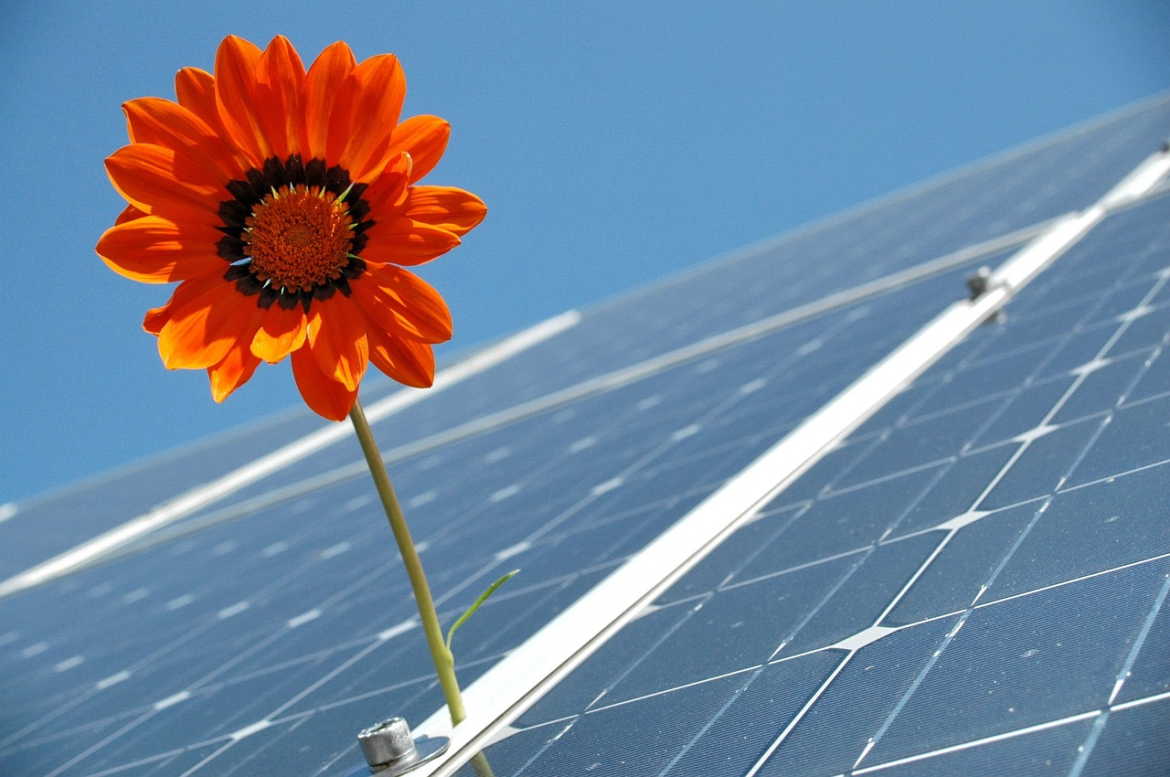Reducing your carbon footprint is crucial in the fight against climate change. Your carbon footprint is the amount of greenhouse gases you produce through daily activities like using electricity, driving, and heating your home. One effective way to lower this impact is by installing a solar energy system for your home. Solar panels provide a clean energy source that doesn’t rely on fossil fuels. By switching to solar energy, you can reduce your reliance on traditional electricity, cut down on carbon emissions, and contribute to a healthier planet. This article will explain how solar panels help reduce your carbon footprint and how you can make the most of this green energy option.
Understanding Carbon Emissions and Solar Energy
Every household contributes to carbon emissions, mainly through electricity usage, heating, and transportation. Traditional energy sources, like coal and natural gas, are major culprits in producing carbon dioxide, a leading greenhouse gas. Solar panels work differently. They capture sunlight and turn it into electricity without burning fossil fuels. The process is clean and renewable, meaning it doesn’t deplete resources or pollute the air. Compared to fossil fuels, solar energy produces nearly zero emissions. This makes solar panels a powerful tool in reducing your home’s carbon footprint while providing reliable energy. By understanding how solar energy works, you can appreciate its role in creating a more sustainable future.
Benefits of Solar Panels for Reducing Carbon Footprint
Solar panels directly reduce the amount of electricity you need from the grid, which is often powered by fossil fuels. By generating your own solar energy, you cut down on the demand for carbon-heavy power sources. This means fewer greenhouse gases are released into the atmosphere. Additionally, solar panels can lower transmission losses, which are energy losses that occur when electricity travels long distances from power plants to homes. When you generate solar energy on-site, you reduce the need for this extensive energy transportation, further minimizing your carbon footprint. With solar panels, you contribute to a greener, more sustainable energy grid that benefits everyone.
Calculating Your Carbon Savings with Solar Panels
Before you install solar panels, it’s important to understand your current carbon footprint. You can use online tools to estimate how much carbon dioxide your household emits. These calculators consider factors like your electricity usage, heating system, and transportation habits. Once you have an estimate, you can project how much you’ll save by switching to solar energy. Solar panels can significantly lower your carbon emissions, especially if you live in a sunny area. Over time, the reduction adds up, making a big impact on your carbon footprint. Plus, as you save on energy bills, you also contribute to the fight against climate change.
Additional Strategies to Maximize Carbon Footprint Reduction
To maximize your carbon footprint reduction, combine solar panels with other energy-saving measures. Start by making your home more energy-efficient with LED lighting, better insulation, and energy-efficient appliances. These improvements reduce the amount of electricity your solar panels need to generate, making them more effective. Consider adding a battery storage system to store excess solar energy for use at night or on cloudy days. This reduces your need for grid electricity even further. Adopting a sustainable lifestyle, like driving an electric car powered by your solar panels, can also help. Every step you take adds up, making your solar energy system more impactful.
Overcoming Challenges and Misconceptions
Many people think solar panels only work well in sunny climates, but that’s not true. Solar panels can still generate electricity on cloudy days, just at a lower rate. Another common concern is the cost of installing solar panels. While the upfront cost can be high, government incentives and financing options can make solar energy more affordable. Over time, the savings on your energy bills will outweigh the initial investment. Some worry about the space needed for solar panels, but there are solutions like solar roofs and community solar programs. By understanding and overcoming these challenges, more people can benefit from solar energy.
Technological Advancements in Solar Energy
Solar technology is constantly improving, making it more efficient and affordable. New developments include solar tiles that blend into your roof and transparent panels that can be used on windows. These innovations make solar panels more versatile, allowing them to be installed in more places. Advances in battery storage also mean you can store more energy for use when the sun isn’t shining, further reducing your reliance on the grid. These technological improvements are making solar energy more accessible to everyone, helping more people reduce their carbon footprints and protect the environment for future generations.
In Summary
Switching to solar panels is one of the best ways to reduce your carbon footprint. Solar energy systems allow you to generate clean electricity without relying on fossil fuels, which are the main source of carbon emissions. By understanding your current carbon footprint and making your home more energy-efficient, you can maximize the impact of your solar panels. Overcoming common challenges, such as cost and location, is also easier with today’s advanced technology. Solar panels not only help you save money on energy bills but also contribute to a healthier planet by reducing greenhouse gas emissions. Making the switch to solar energy is a smart investment for your home and the environment. It’s a step towards a sustainable future where we all play a part in protecting our planet. Start today and see how solar panels can make a difference in your life and the world around you.




